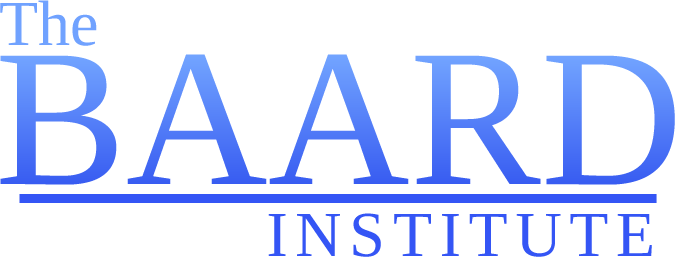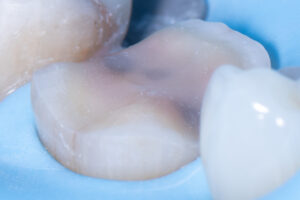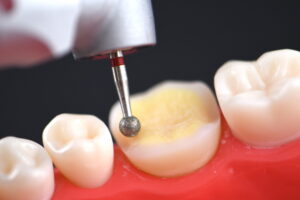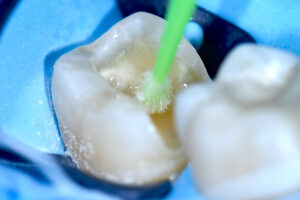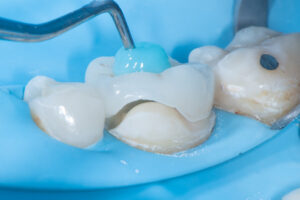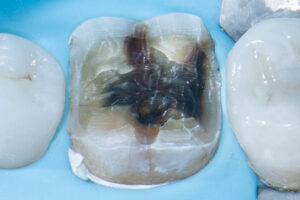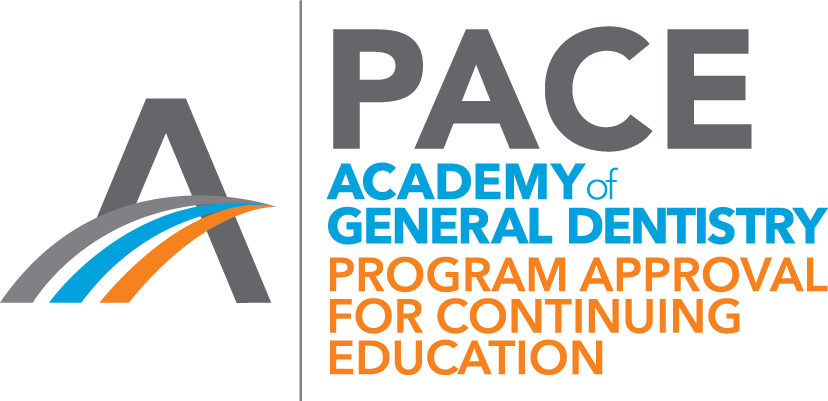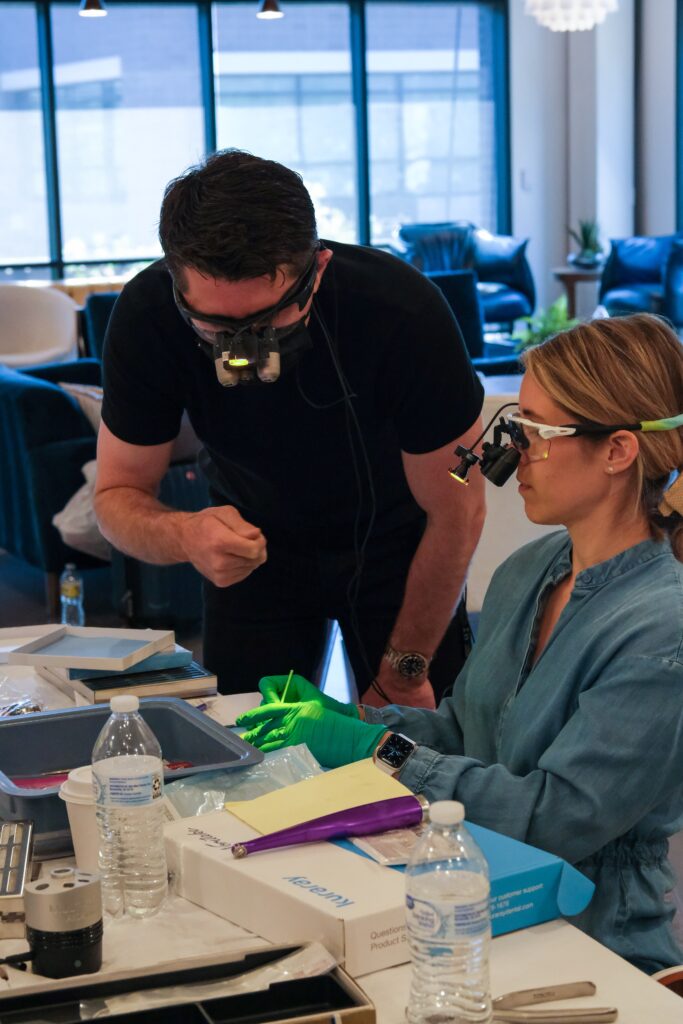

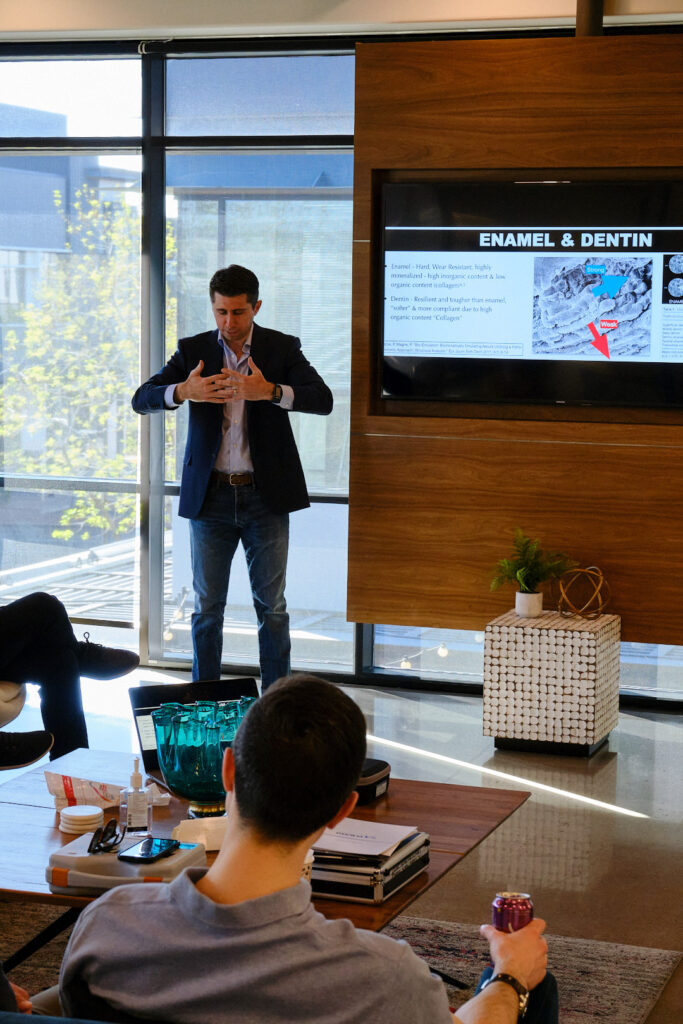
Course Information
FEE: $3999 DATES: 3/27/24 – 3/28/24, 4/12/24 – 4/13/24, 6/14/24 – 6/15/24 – 10/4/24 – 10/5/24
CE Units: 24 CE Total – 16 CE In Person 8 CE Online
In the last 40 years, dentistry has benefited from many advances in adhesives, composites, and ceramics that have allowed the profession to segue from a mechanical restorative goal to a biologic one. These materials provide clinicians with the ability to restore teeth in a minimally invasive manner and close to their original biomechanical function. Unfortunately, these materials are not often used to their full potential and are employed with only slight variations to more invasive traditional preparation designs. Why choose to do Non-Retentive Partial Coverage Ceramics? These restorations conserve more tooth structure, work in harmony with the natural biomechanics of the tooth, help extend the restorative life cycle of the tooth, and maximize the fracture resistance of ceramic materials. In this course Dr. Schiffenhaus will review advanced adhesive techniques, material science, biomechanics, diagnosis, & preparation design related to Biomimetic & Advanced Adhesive Restorative Dentistry.
Much of the in depth didactic scientific training & literature review for these advanced topics has been moved to online lectures to allow more time for in person for group interaction, protocol & technique review/demos, hands on practice, & case discussion with the group. The didactic training will accomplish many things for the students: help them understand the advantages of the materials & techniques, provide evidence to for the concepts taught in the course, allow students to pace themselves through dense topics – as opposed to the firehose approach that often happens at live events. Students will have access to the recorded lectures upon registration & expires 1 year from purchase.
Course Objectives
Understand the BAARD Approach to Restorative Dentistry
Learn advantages of the Biomimetic Approach to Material Science & Restorative Design
Understand important principles of Engineering, Biomechanics, Tooth Structure, & Restorative Materials
Learn why teeth crack and how to treat them with adhesive partial coverage ceramics
Gain insight into diagnosis and treatment planning for the BAARD partial coverage ceramics
Learn ceramic preparation fundamentals & the BAARD Overlay & Onlay Preparation Protocol (Hands-On Training)
Understand the advantages of non-retentive partial coverage ceramics in regards to fracture resistance, bondability, and pulp health following restorative treatment
Execute variations of the ideal BAARD Overlay & Onlay preparations (Hands-On Training)
Learn how treat Deep Carious Lesions & minimize post-oerative pulp death & sensitivity
Understand the fundamentals & advantages of Immediate Dentin Sealing with Resin Coating (Hands-On Training)
Understand the indications and protocols for Deep Margin Elevation
Learn the adavantages, properties, & indications for Fiber Reinforced Composites such as Ribbond & EverX
Learn how to make temporaries for non-retentive partial coverage restorations
Learn how to adhesively lute to IDS treated teeth with both Resin Cement & Warm Composite Cementation (Hands-On Training)
Learn the factors that affect post-operative Pulp Health & how to diagnose causes of post-operative sensitivity, pain to cold, & pain to biting & how to treat
